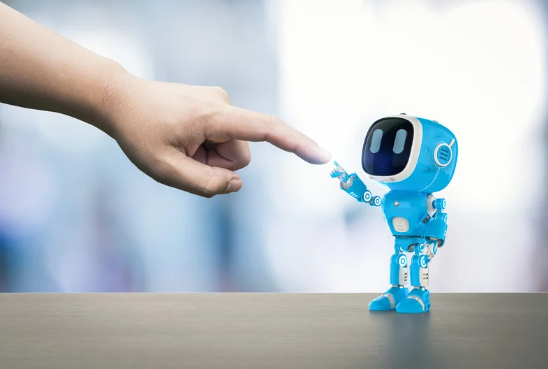The Power of Live Chat for Businesses
The role of Artificial Intelligence (AI) and human involvement in customer service is far from a passing fad. It’s a dialogue gaining rapid significance in a world increasingly swayed by technological advancements. Just the other day, a conversation with a long-term client in the Hospitality Industry got me pondering on this vital issue. The client had attended a Trade Expo in Sydney and was proud to highlight the human-centric approach of his customer service, even when AI-driven solutions are becoming the norm.
So, let’s delve into this fascinating world of customer service, where technology and human touch are often seen as competitors rather than collaborators.
The Australian Perspective
In Australia, a country renowned for its laid-back atmosphere and personable people, the significance of human interaction, especially in customer service, cannot be overstated. Australians generally have reservations about purely automated customer service. For many, a chatbot at the end of a customer service line feels impersonal, almost as though the business couldn’t be bothered to engage on a human level.

AI’s Growing Capabilities
Artificial Intelligence is not static. Each day brings advancements that make chatbots smarter, more intuitive, and increasingly sensitive to the nuances of human emotion. Even as skeptics discuss the limitations of AI, the technology is evolving to address these very concerns. AI can now understand context, interpret emotions, and even respond with wit and humour.
The Best of Both Worlds
Our Chat2 Concierge service exemplifies a balanced approach. It begins with a human touch, followed by AI stepping in where it excels—data analytics, repetitive tasks, and scalability. This hybrid model ensures that customers get personalized service without sacrificing the efficiencies that AI can offer. In this way, transitioning from a human-first to an AI-centric customer service becomes seamless and far less jarring for the customers.

Customization for International Clients
One size doesn’t fit all, especially when we’re talking about a global customer base. For example, our international clients have shown that certain cultures are more receptive to AI-based customer service. Such insights are invaluable, allowing us to customize our services according to regional preferences and expectations.
Final Thoughts and Your Input
The debate of AI versus human in customer service is a dynamic one, with both sides offering compelling arguments. However, as we look to the future, one thing is clear: the conversation is far from over. We need to continuously evaluate the place of technology and human touch in delivering a superior customer experience. As someone involved in this field, or even as a customer yourself, what are your thoughts? When you enquire about a service, do you prefer AI or the human touch? We’re keen to hear from you.


